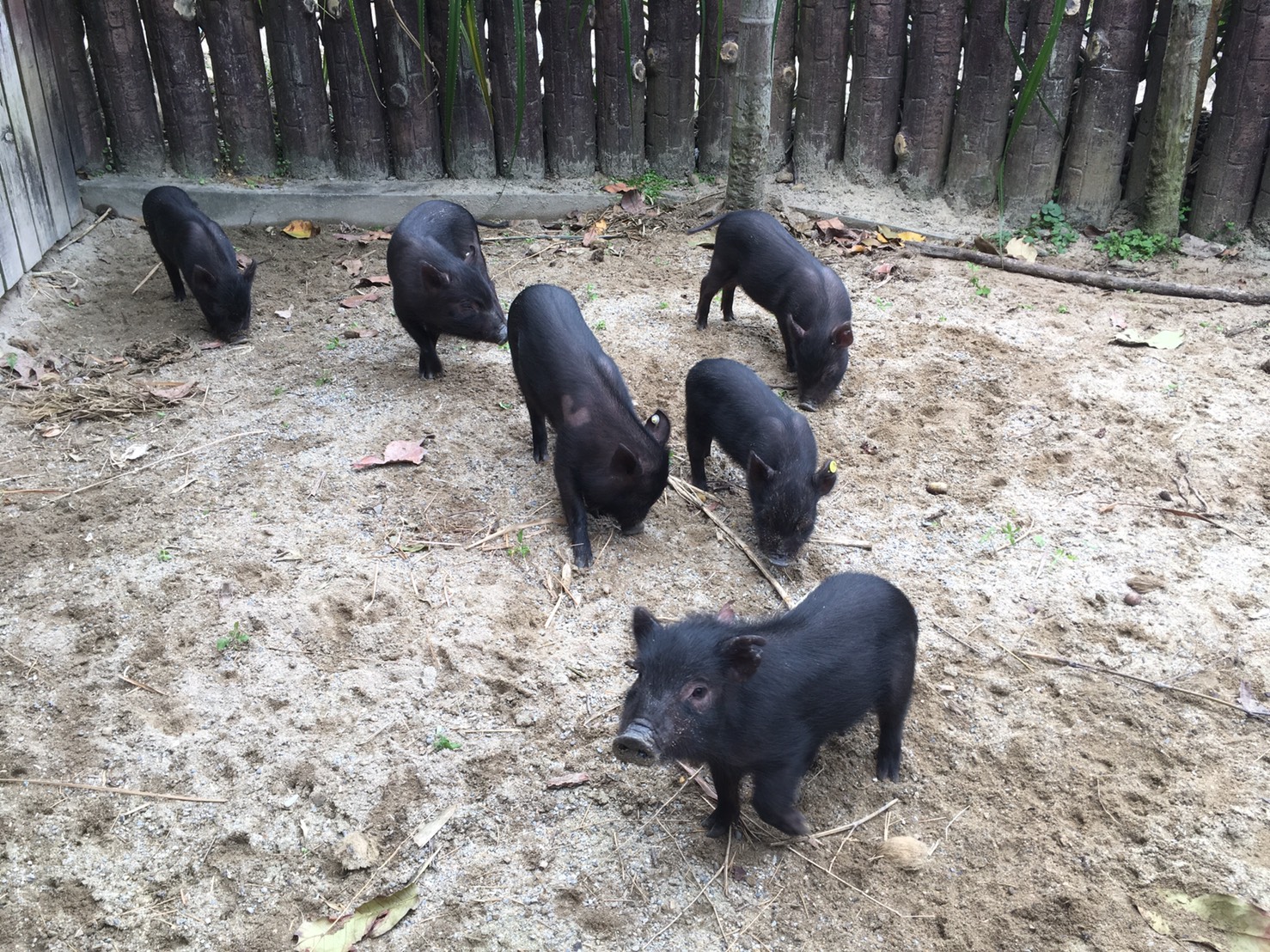From hunting to captivity, from captivity to breeding. Human domestication of pigs can be traced back to about 10,000 years ago. Humans in Europe and Asia have domesticated wild boars. Since the source is the Eurasian wild boar (Sus scrofa), most of the existing pigs belong to the same species. Long-term human intervention has slowly changed the appearance, coat color, growth performance and even reproductive performance of wild boars. This is the result of breeding.
Domestic pigs are derived from the wild boar. With the extensive excavation of archaeological sites and the accumulation of molecular genetic evidence, scholars have found that the domestication of Eurasian wild boars is a “multi-point independent domestication event,” that is, the occurrence and location of wild boar domestication has formed independently in different parts of Europe and Asia.
Domestic Pig
Since the Qing Dynasty, there have been pigs followed human ancestors from China and became local pig breeds in Taiwan. During the Japanese occupation period, they imported European pig breeds such as Berkshire from Europe to improve local pig breeds; after the recovery in 1947, the National Government strongly encouraged the farmer raises imported commercial pig breeds.
Domestic Pig
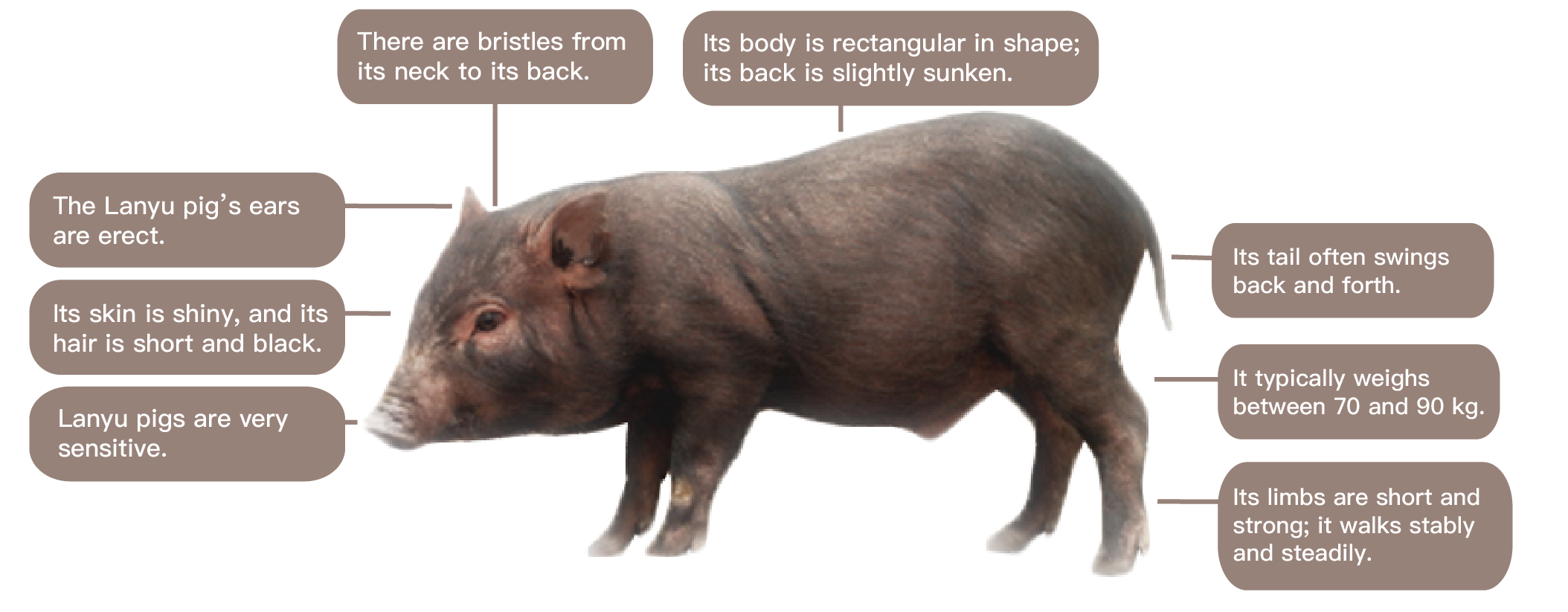
Category:Animalia> Chordata > Mammalia > Artiodactyla > Suidae
Like other domestic pigs, Lanyu pigs are derived from Eurasian wild boars. However, Lanyu pigs are significantly different from other kinds of domestic pigs and from Formosan wild boars. Presumably, Lanyu pigs are derived from the ancestor of the Formosan wild boar. During the Ice Age, Lanyu pigs migrated across a land bridge from Southeast Asian islands to Taiwan, where they were domesticated locally. The Lanyu pig on Lanyu Island was brought there from Taiwan.
The Lanyu pig is a domestic animal with a milder temper compared to the Formosan wild boar. The Lanyu pig’s small size made it easy to carry in canoes or small vessels when people moved from place to place. According to genetic evidence, Lanyu pigs were found on Batan Island, Luzon Island, and even Mindanao, the southern part of the Philippines.
Lanyu Pig
The Lanyu pig is an omnivore. The Tao people keep their pigs under a tagakal (a two-floor, pavilion-like building next to the main house) and feed them kitchen scraps. These pigs are not enclosed, but rather free to forage around. Each owner cuts a unique shape on their pigs’ ears as a mark that identifies the village and person to whom the pigs belong. When people from different villages get married, they give pigs to each other’s families as gifts; in this way, the pigs can interbreed, preventing inbreeding issues. Overall, the Lanyu pig plays an important role in the culture and daily life of the Tao people.
Lanyu Pig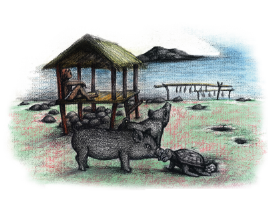
Over the past few decades, as Lanyu Island has developed, the local people’s demand for both quantity and quality of meat has increased.
Lanyu pigs are smaller, grow more slowly, and have fewer piglets, so they have been crossbred with commercial hogs. As a result, the number of purebred Lanyu pigs decreased rapidly. In 1975, Professors Li Deng-Yuan and Song Yong-Yi from the Department of Animal Husbandry at National Taiwan University created a Lanyu pig conservation program. They brought one boar and three sows back to NTU. This breeding group was an important milestone in the development of Taiwan’s biomedical research efforts using pigs.
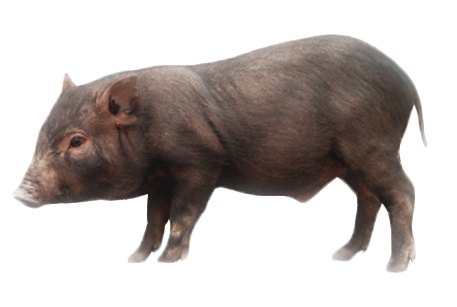
The Lanyu 50 is a cross between the Lanyu pig and the reddish-brown Duroc pig. The first Lanyu 50 piglets were conceived by artificial insemination and had stripe patterns. The purpose of breeding the Lanyu 50 is to produce miniature pigs for medical experiments and recreation.
Lanyu Pig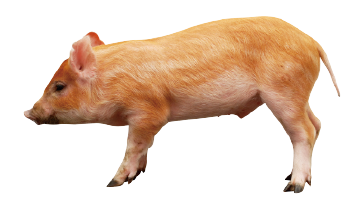
The Taitung Animal Propagation Station (TAPS) produced some white-spotted offspring from Lanyu pigs. This group was isolated and bred to create the Spotty Lanyu Pig (Lanyu 100). Like the Lee Sung pig, the Lanyu 100 is useful for medical experiments; moreover, its adorable appearance makes it suitable for recreation.
Lanyu Pig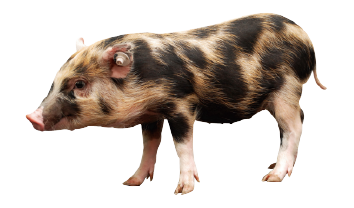
During the process of breeding the Lanyu 100, a pure white piglet was born. This piglet was crossbred with the Lanyu 100, eventually producing the Lanyu 400.
Animals with white skin and fur are preferred for most medical experiments. The Lanyu 400 meets these criteria and can be used in research related to transplantation, medicine, and cosmetic surgery.
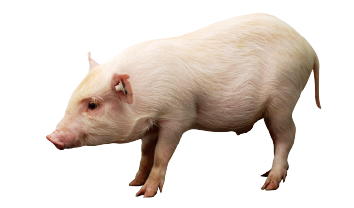
Professors Li Deng-Yuan and Song Yong-Yi produced the Lee Sung Pig by crossbreeding the Lanyu pig and the Landrace pig. Lee Sung pigs are well-suited for biomedical research. In general, pigs are often used for experiments and studies related to disease transmission.
Lanyu Pig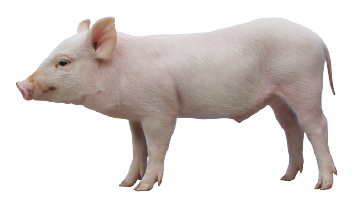
Hand, foot, and mouth disease is a common viral illness that usually affects infants and children younger than 5 years old. However, it can sometimes occur in older children and adults. It usually starts with a fever, reduced appetite, sore throat, and a feeling of being unwell (malaise).
One or two days after the fever starts, painful sores can develop in the mouth. They usually begin as small red spots, often in the back of the mouth, that blister and can become painful.
A skin rash on the palms of the hands and soles of the feet may also develop over one or two days as flat, red spots, sometimes with blisters. It may also appear on the knees, elbows, buttocks or genital area.
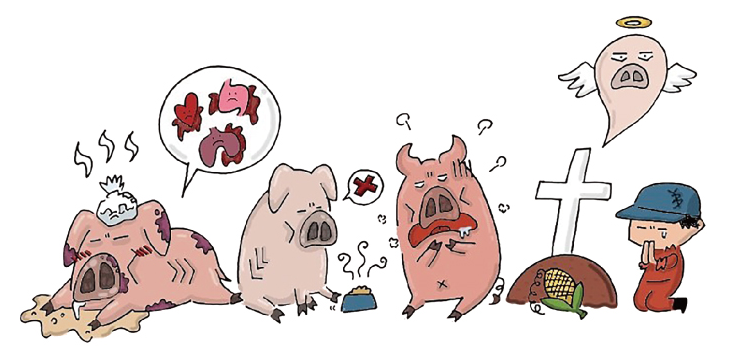
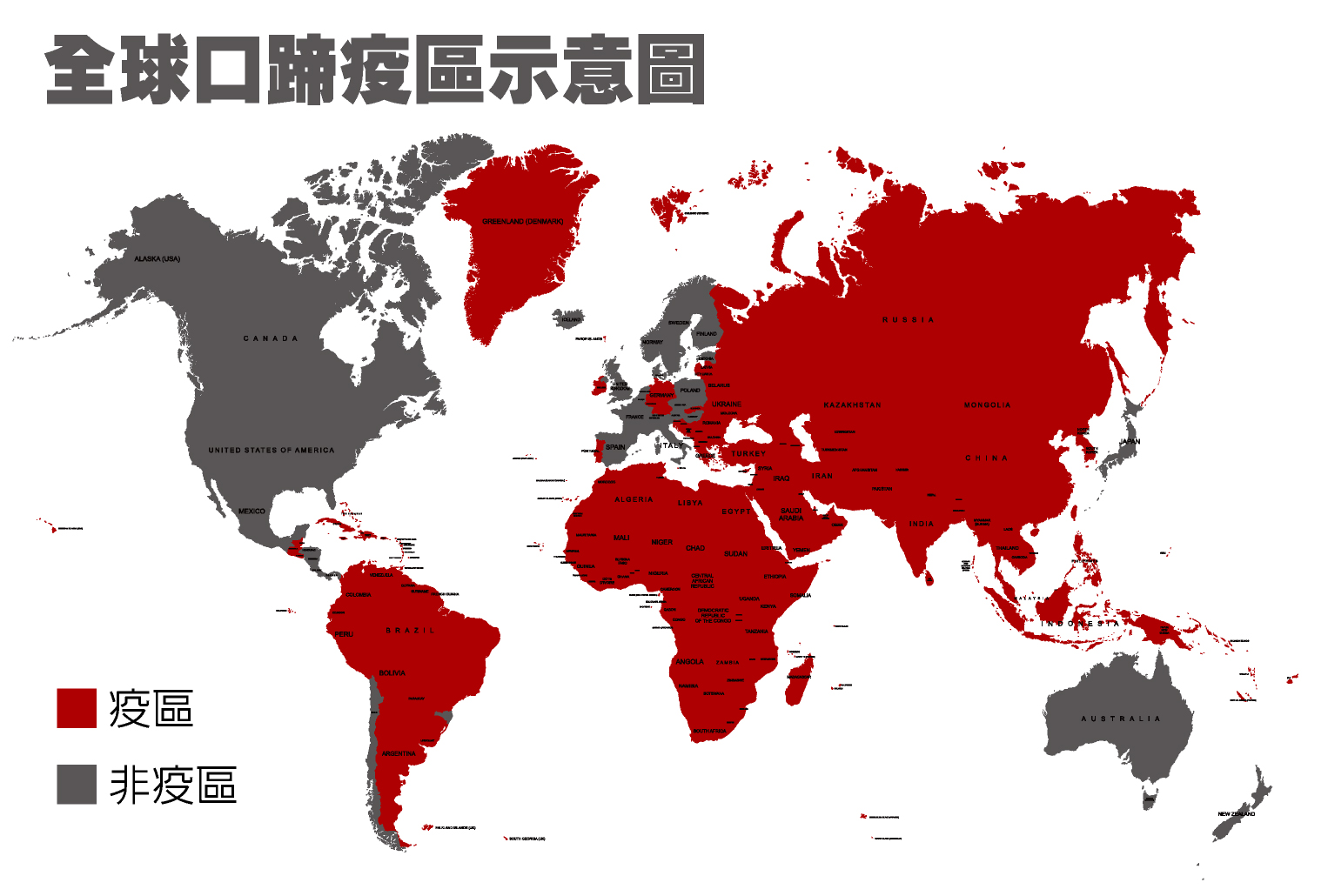
African swine fever (ASF) is a highly contagious, hemorrhagic viral disease that affects domestic and wild pigs. It is responsible for serious economic and production losses.
It is caused by a DNA virus of the Asfarviridae family, which also infects ticks of the genus Ornithodoros.
Although signs of ASF and classical swine fever (CSF) may be similar, the ASF virus is unrelated to the CSF virus.
ASF is a disease listed in the World Organisation for Animal Health (OIE) Terrestrial Animal Health Code and must be reported to the OIE.
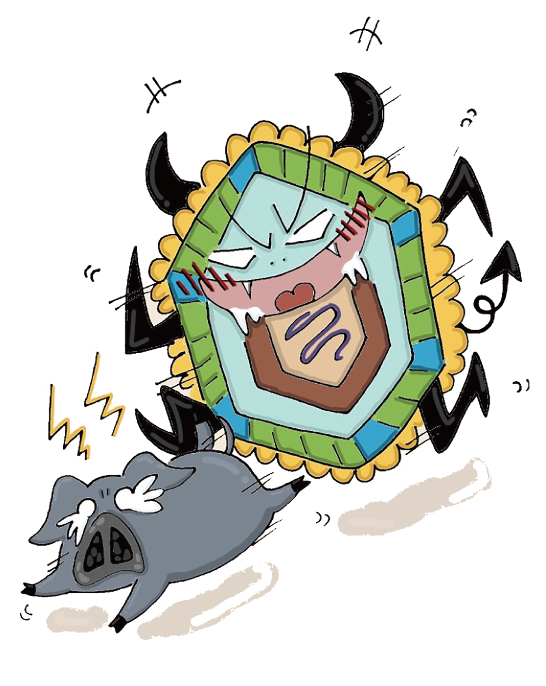
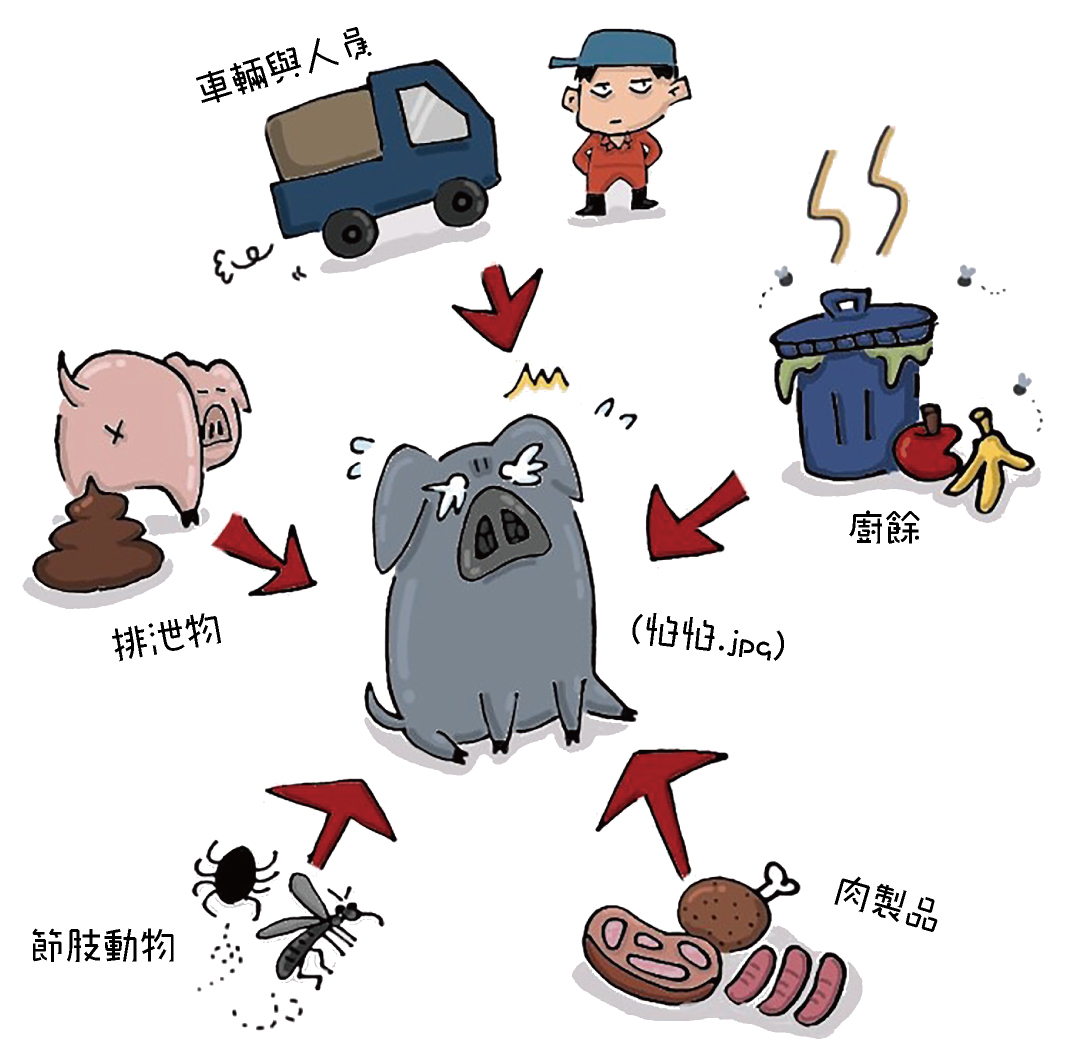
Most of the pigs advertised as “mini pigs” in markets are actually musk pigs. Although these animals are sold as pets, they have unique growth circumstances. If their diet is not restricted, they may grow to weigh more than 100 kilograms. With this sudden increase in body size, the pigs are sometimes abandoned by their owners.
Problem
Each pig breed has its own traits. Commercial meat production utilizes these characteristics by creating hybrid breeds. In general, Landrace sows are first bred with Yorkshire boars.
Blues-Yorkshire hybrid sows are produced, taking advantage of the Blues maternal care, and are then crossbred with Duroc boars. In this way, hybrid pigs are produced.
These pigs have excellent hybridization advantages, such as a rapid growth rate and high feed utilization efficiency, so they are used in large quantities.
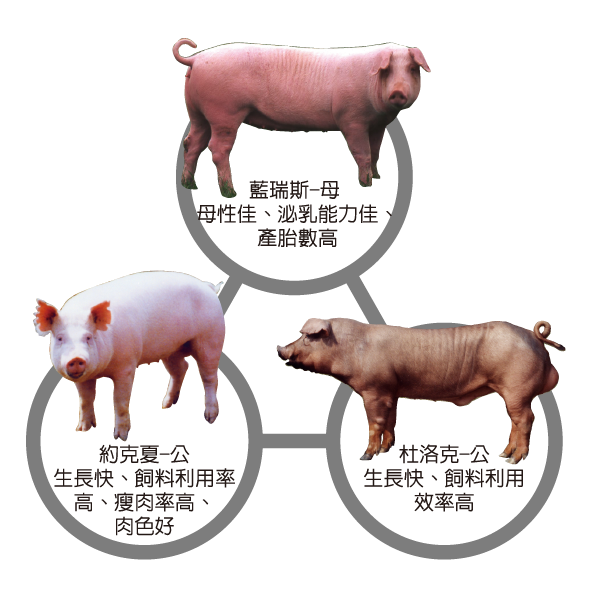
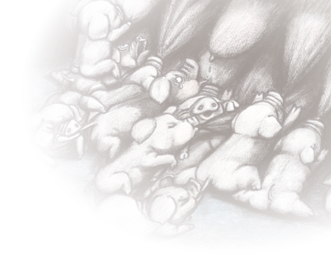
Small pigs used for scientific research make sacrifices and great contributions to human health and well-being. They are respected and well cared for during their lives.
The animals’ pain and fear are minimized during operations, and principles of preoperative anesthesia and postoperative analgesia are maintained.
To produce fluorescent pigs, a green fluorescent gene is transferred into the nucleus of early pig embryos. This creates genetically modified pigs that can express green fluorescence all over their bodies.
Fluorescent pig research has been launched to investigate chronic diseases in humans, which has helped advance regenerative medicine and stem cell therapy.
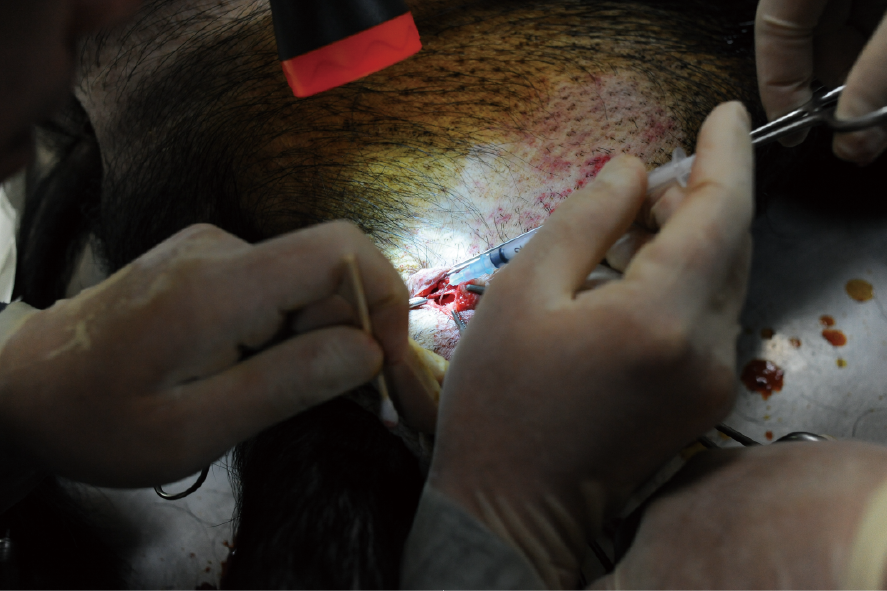
Most of the pigs advertised as “mini pigs” in markets are actually musk pigs. Although these animals are sold as pets, they have unique growth circumstances.
If their diet is not restricted, they may grow to weigh more than 100 kilograms. With this sudden increase in body size, the pigs are sometimes abandoned by their owners.
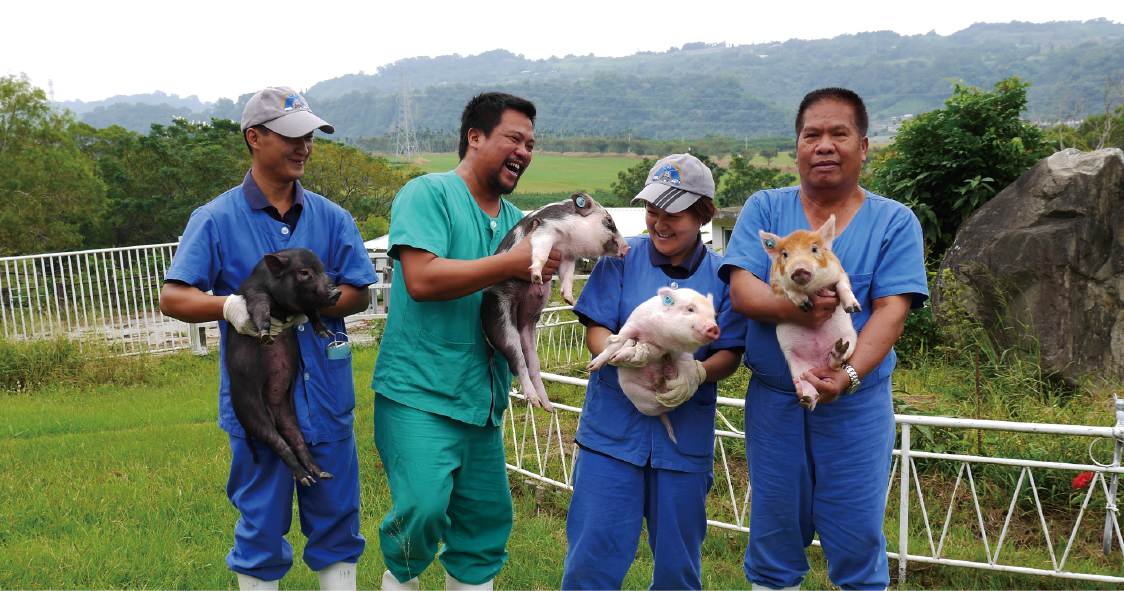
The Taipei City Zoo and the Animal Production Laboratory of the Agricultural Research Council of the Executive Yuan signed a memorandum of cooperation on the conservation of animals and plants in order to create a healthy and sustainable living environment. We hope to do our utmost for biodiversity conservation and actively establish sustainable development.
The “Frozen Ark” project, initiated by Taiwan’s academic research community and spanning various areas of expertise, is making promising advances in the study of endangered species
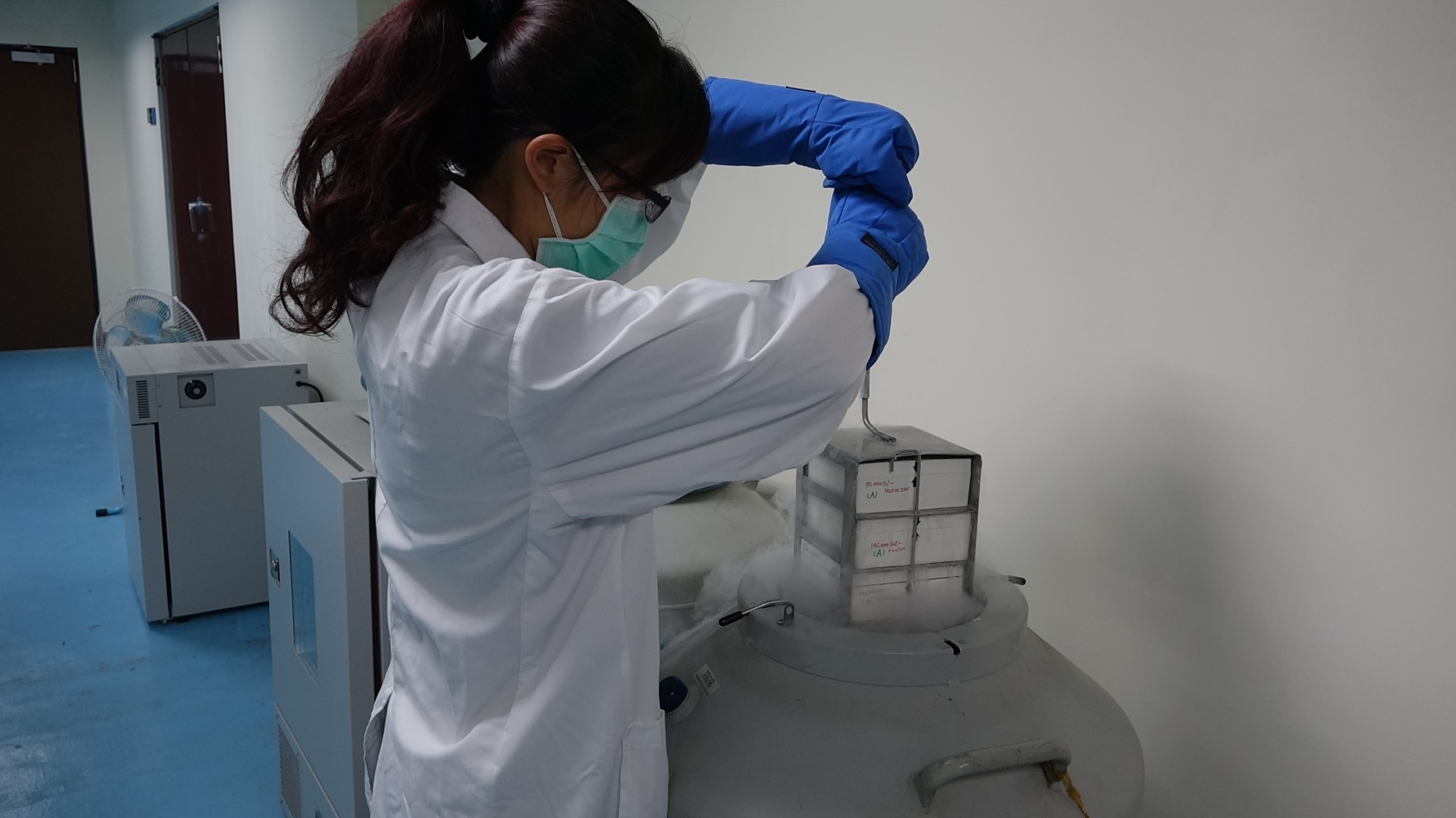
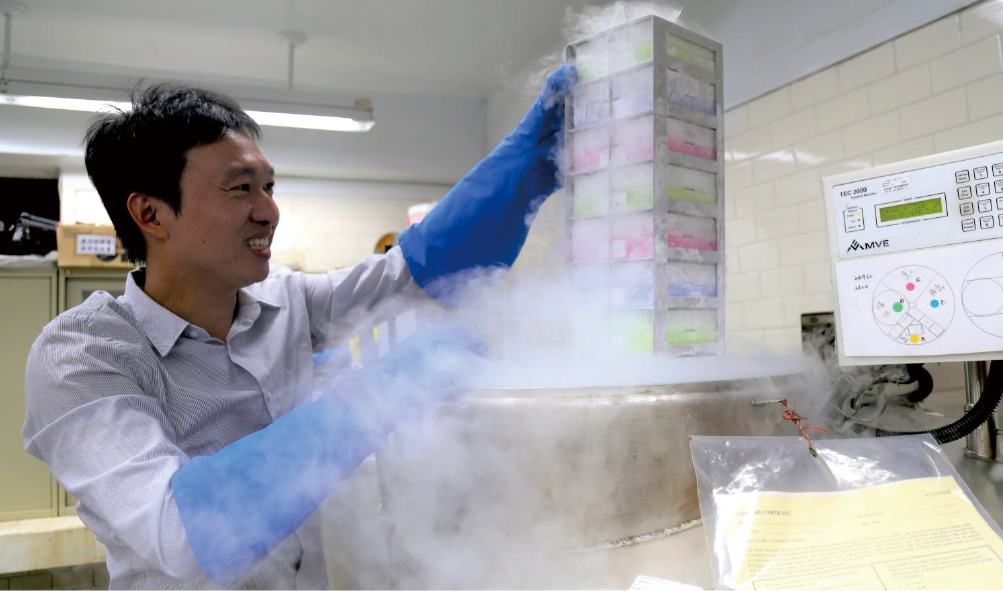
Pig excrement can be used for environmentally friendly bio-gas power generation. A complete bio-gas power generation system needs to be equipped with desulfurization, dehydration, gas storage, and biogas generators. This process can reduce greenhouse gas emissions and help achieve environmental goals.
Pig manure and urine are mainly composed of carbohydrates and nitrogen-containing compounds. If waste is discharged directly into a river, the process of decomposition will consume oxygen in the water.
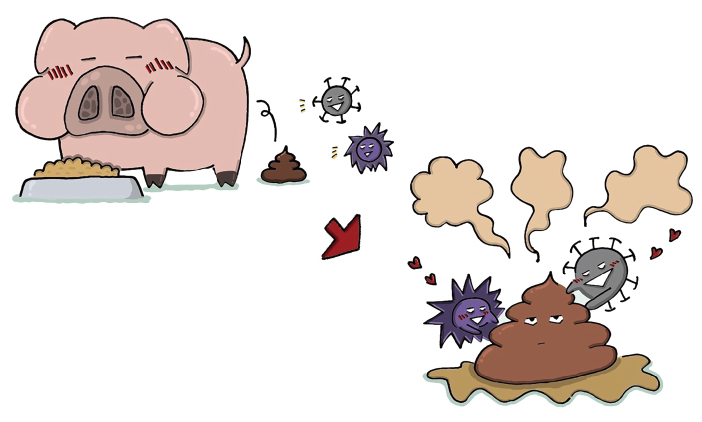
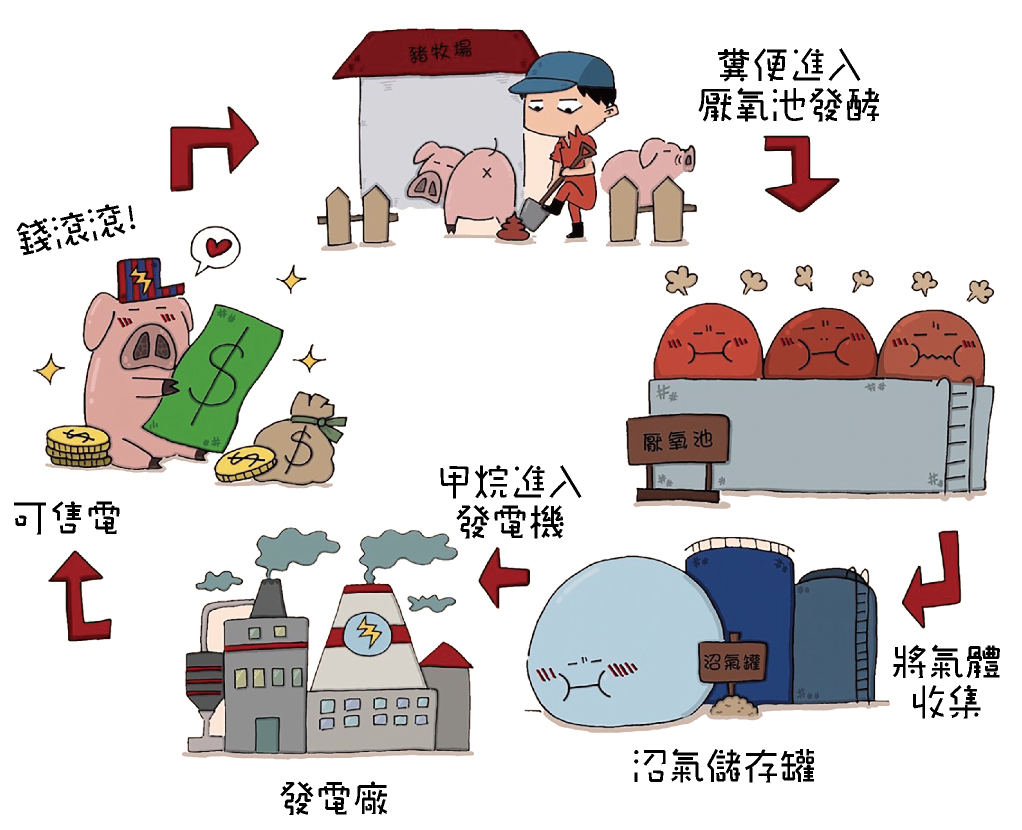

The most basic requirements for humane slaughter include humanitarian transport, loading and unloading, a tethering environment, and walkways and expulsion methods that are consistent with pig behavior. These measures will minimize animal trauma and fear.
Economic Value
Small pigs used for scientific research make sacrifices and great contributions to human health and well-being. They are respected and well cared for during their lives.
The animals’ pain and fear are minimized during operations, and principles of preoperative anesthesia and postoperative analgesia are maintained.
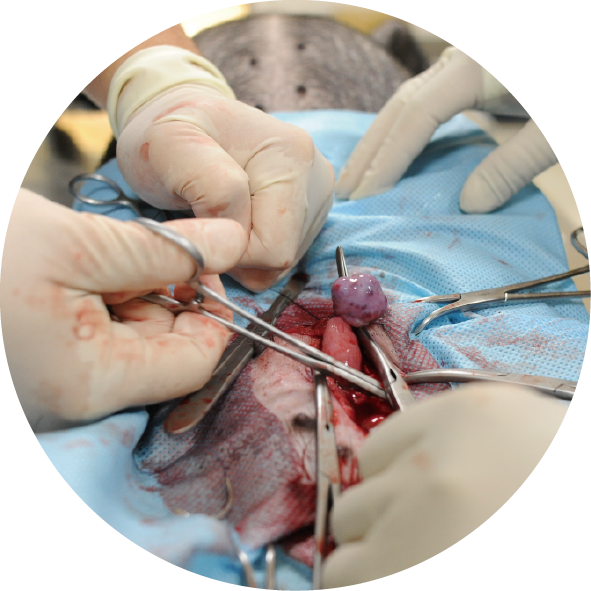
In addition to offering a leisure activity for humans, zoos also have the purpose of conveying ‘respect and care for animals.’ Zoo managers must pay close attention to the welfare of captive animals by expanding their habitat, enriching their environment, and providing appropriate nutrition.
Zoos also help educate the public about animals, providing informative displays and opportunities for reflection at their exhibits. Of course, the very existence of zoos involves ethical issues of ‘human-animal relations‘, and zoos are therefore good learning opportunities.
